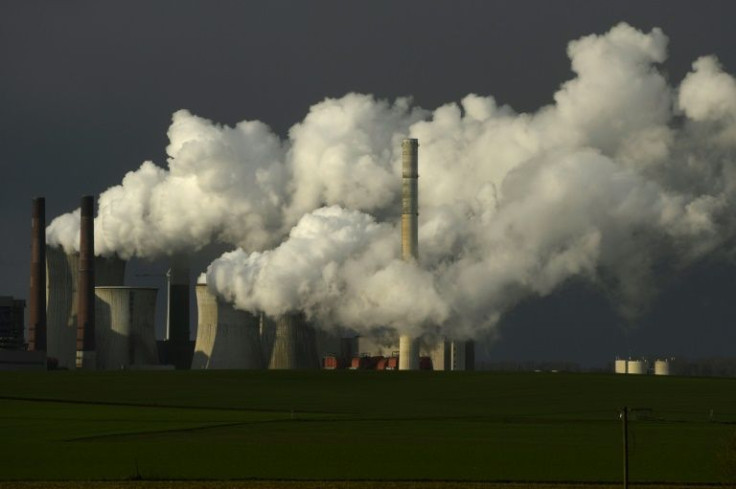US Begins $3.5 Billion Carbon Capture Project, How Well Will It Work?
The US Department of Energy (DOE) announced a $3.5 billion plan on Thursday to establish carbon capture hubs for nationwide carbon removal from the atmosphere.
Greenhouse gases are one of the main contributors to human-made climate change. Carbon capture technology seeks to remove it from the air and hopefully reduce the levels of CO2 emissions each year. The U.S. is one of the largest emitters in the world and contributes greatly to global warming.
The DOE's plan calls for four hubs across the country to begin the effort. The plan is in line with President Joe Biden's goals. His goals set the U.S. on a path to a net-zero economy by 2050.
"President Biden’s Bipartisan Infrastructure Law is funding new technologies that will not only make our carbon-free future a reality but will help position the U.S. as a net-zero leader," said U.S. Secretary of Energy Jennifer Granholm.
The technology seeks to capture the emissions in the atmosphere and place them deep underground. It can also convert the emissions into long-lasting products like concrete. Depending on the type of CO2 capture used, the technology prevents the carbon from going into the atmosphere. It could also capture carbon directly from the atmosphere.
The DOE estimates that the U.S. will need to deploy CO2 removal at the gigaton scale. One gigaton of CO2 removed equals the total amount of greenhouse gas emissions from 250 million U.S. light vehicles per year.
Hubs the DOE builds will only have the power to capture and permanently store one million metric tons of CO2 per year. This means that updates and additional funding will be necessary to reach a gigaton.
There are also questions about how practical carbon capture is because of the amount of energy required to do so. Some also fear that a focus on carbon capture lets those who put it into the atmosphere continue doing so. Ideally, these companies should transition to renewable, clean energy options like solar or wind.
“Fossil fuel CCS is a distraction from the growth of renewable energy, storage and energy efficiency that will be critical to rapidly reducing emissions over the next decade,” according to a report last year from Friends of the Earth and Global Witness.
“There is huge potential for direct carbon capture technology as part of a diverse climate plan,” Tom Crowther, a tenure-track professor of Global Ecosystem Ecology at ETH Zürich, told CNBC.
However, carbon capture is also expensive right now. If the price of releasing it into the air becomes higher than capturing it, then there is an incentive. Something like a carbon tax would make that price higher and thus incentivize companies to invest.
“If you now start looking at carbon prices and you have a pretty high price, that will make it more affordable to go to higher capture percentages,” Howard Herzog, Senior Research Engineer in the Massachusetts Institute of Technology (MIT) Energy Initiative, told MIT Climate.
The costs of the technology also hamper innovation in the industry. Many companies that provide carbon capture technologies have more interest in profit than innovation.

© Copyright IBTimes 2025. All rights reserved.




















